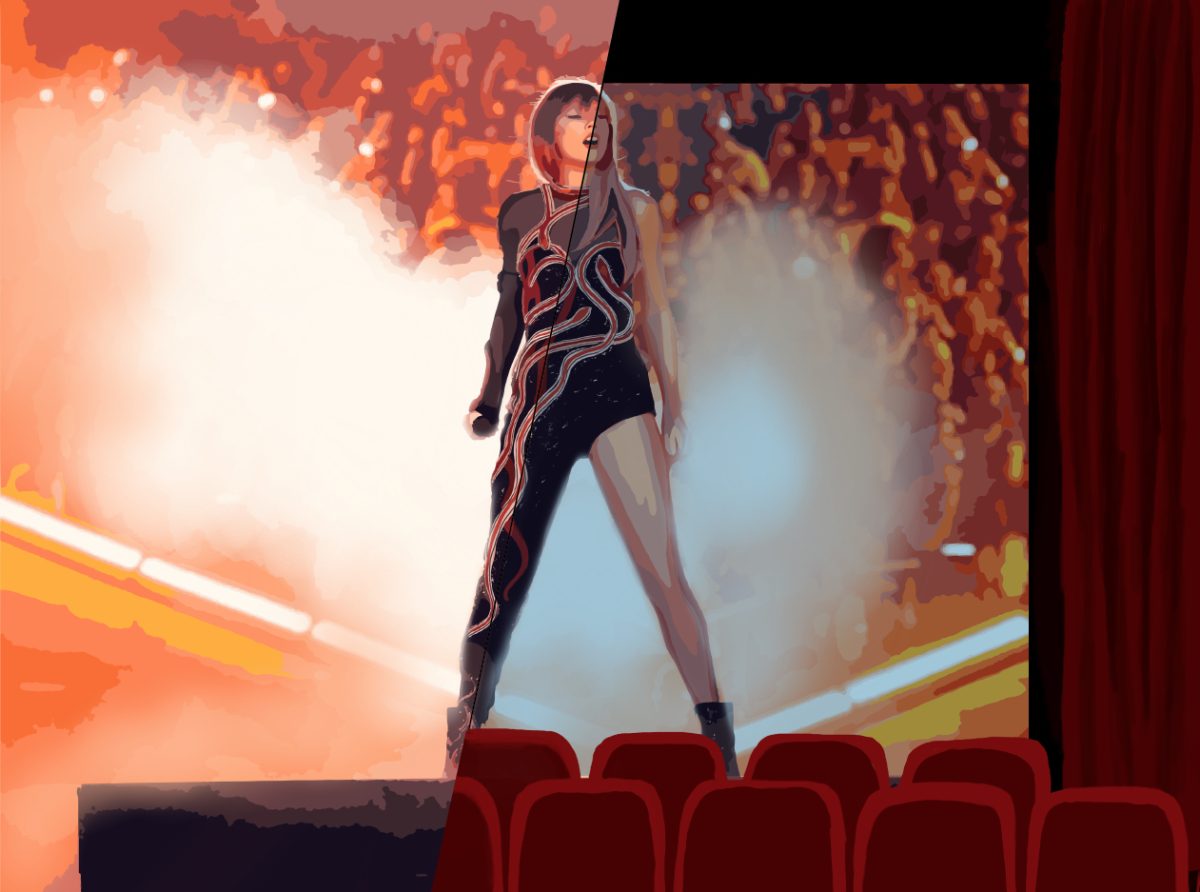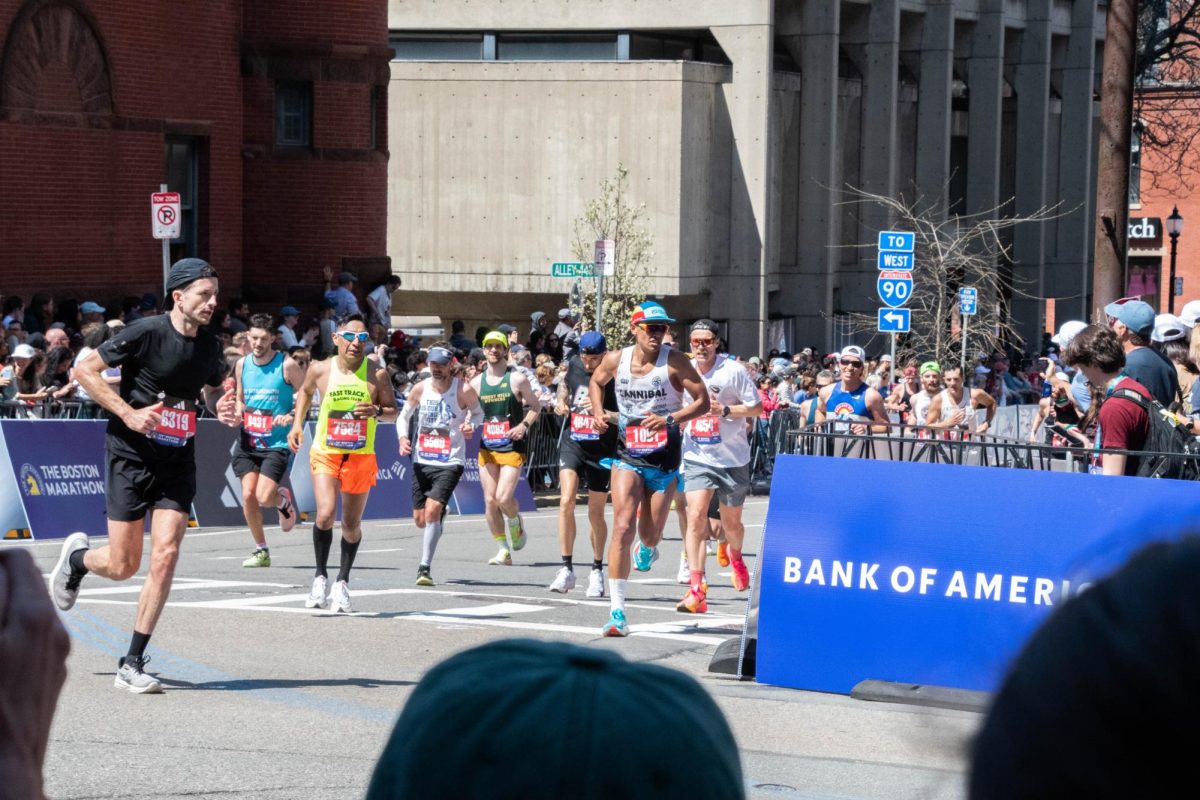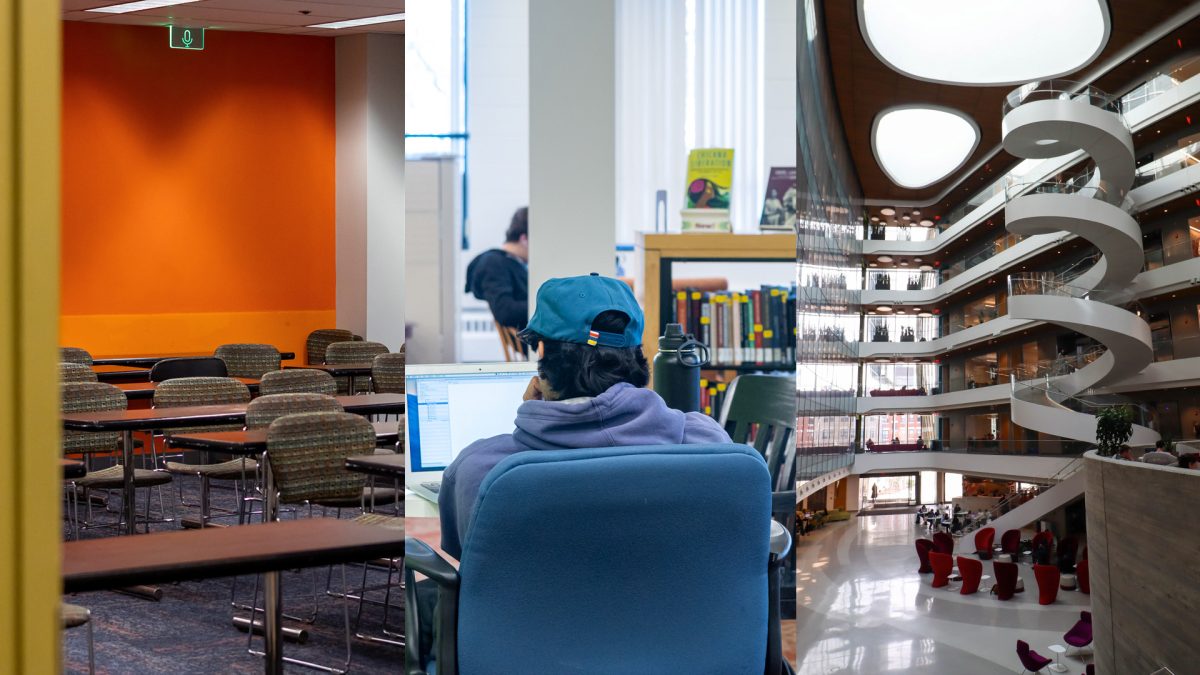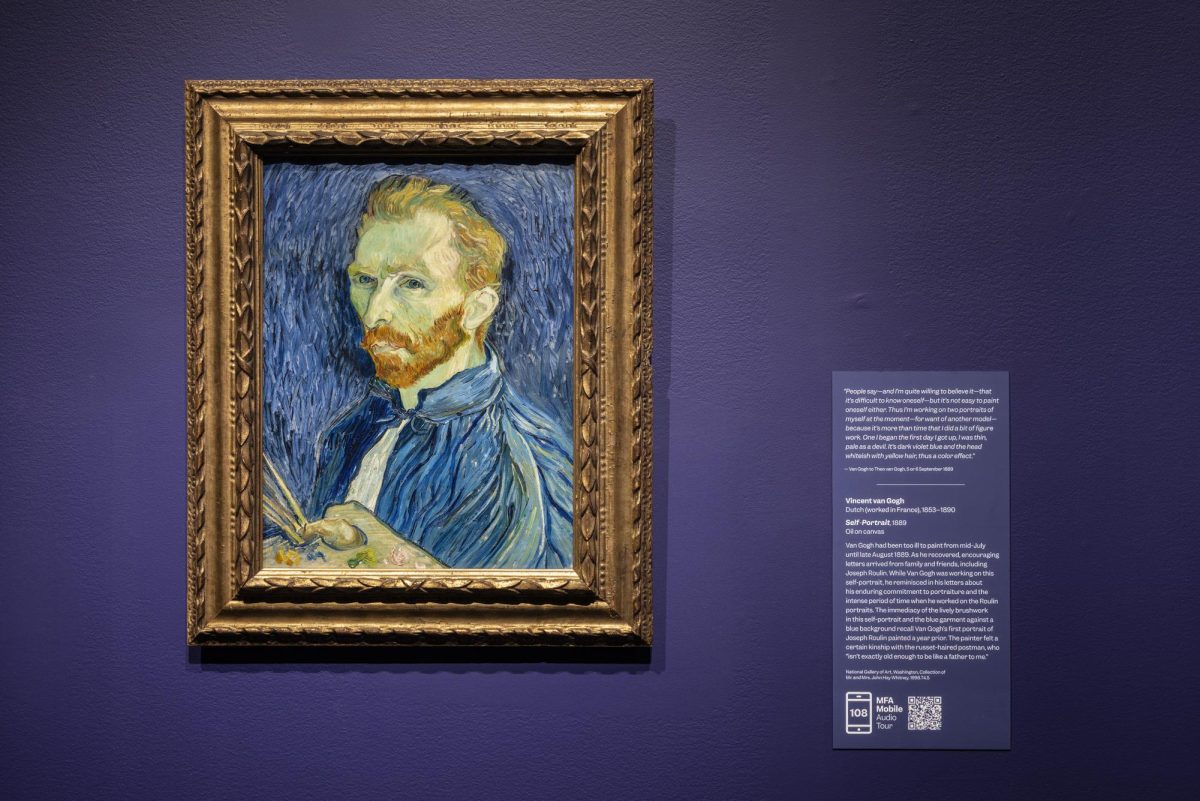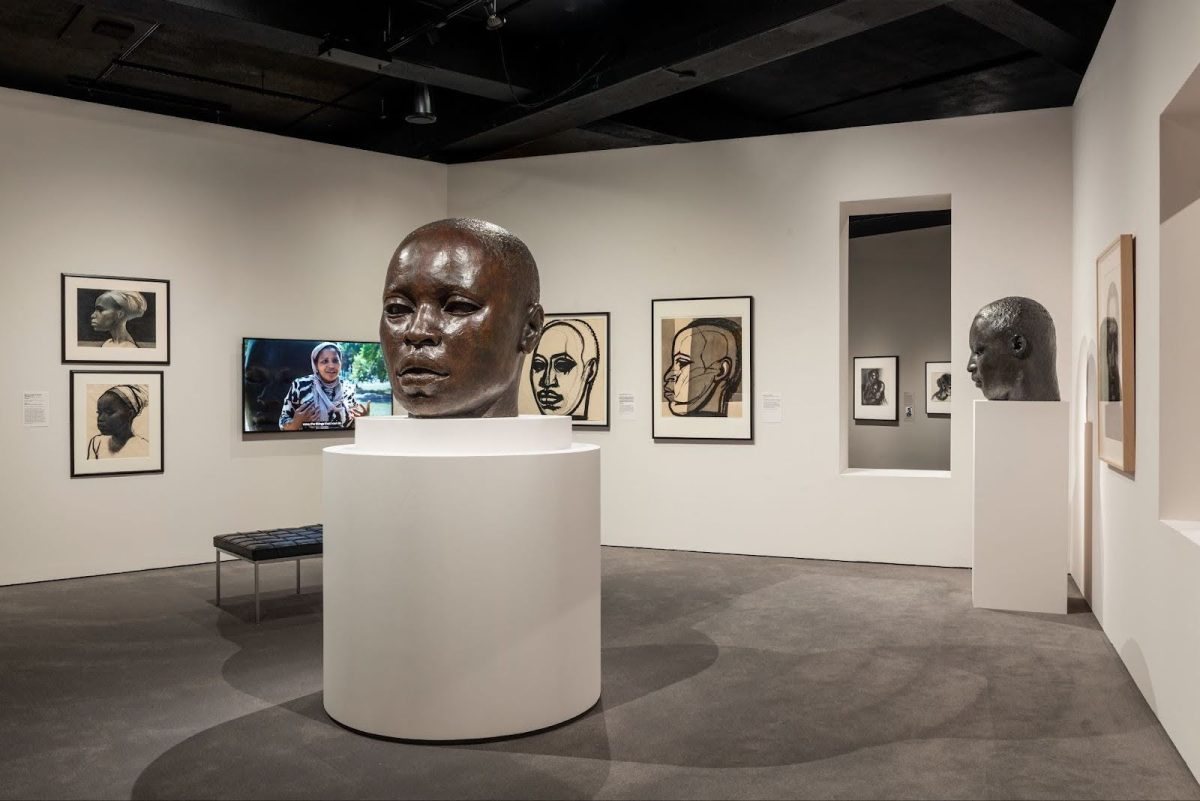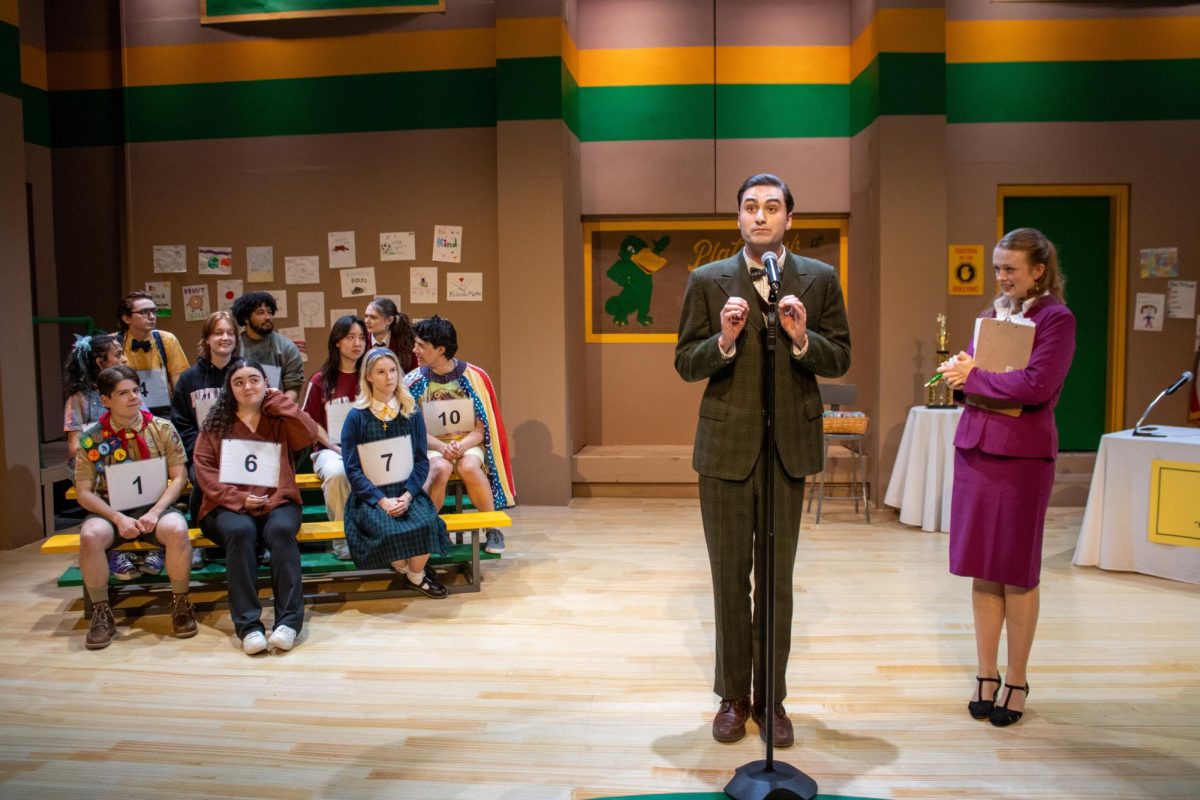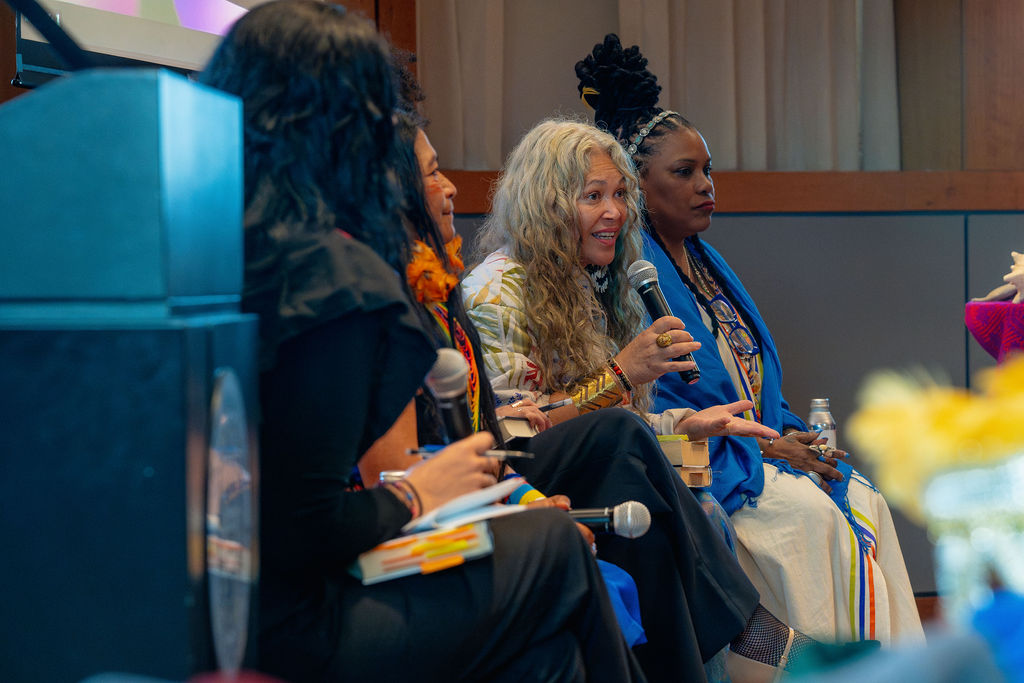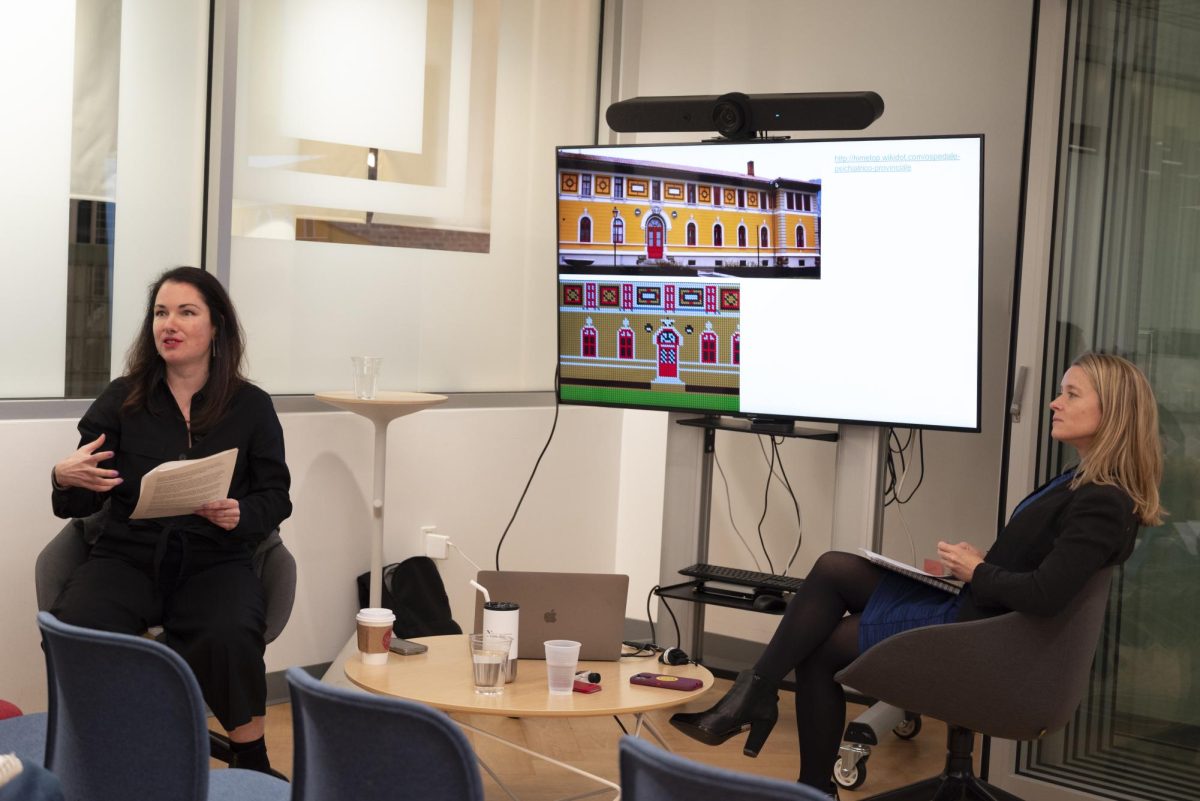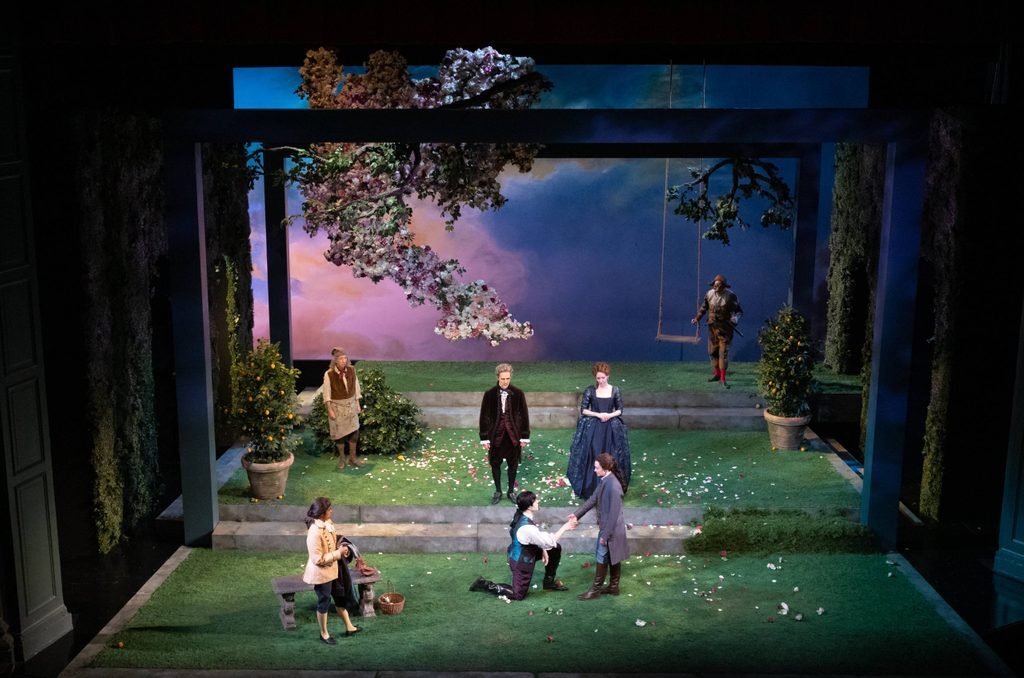Concerts have always been a way to connect artists with their fans. The exclusivity, impermanence and anticipation of seeing one’s favorite artist perform live are unforgettable and, oftentimes, expensive. But what if those moments could be captured on film so that every fan, no matter their age, ability or economic status, could enjoy the magic of live music?
Concert films are nothing new, but the pandemic brought out a resurgence of the art form. When fans couldn’t gather in person to see an artist perform, musicians worked to create virtual live performances and recordings to keep their audiences entertained. Now, with Taylor Swift’s “Taylor Swift: The Eras Tour” concert film wielding heavy box office influence in the same week Martin Scorsese released a new blockbuster, audiences are clearly desperate to get a taste of their favorite artists, even if it’s just on a Tuesday night at the local cinema.
For fans who can’t make an in-person show, concert films have long been an effective way to experience the community surrounding live music. With major box office success, films like Justin Bieber’s “Never Say Never,” Katy Perry’s “Part of Me” and One Direction’s “This Is Us” channeled the intense fervor built around the artists and gave young fans — and parents and adult fans unable to stomach insane ticket prices — the chance to get dressed up and celebrate their favorite performers while feeling like they are taking part in something special, a familiar phenomenon in the wake of Swift’s immensely successful tour and film.
Independent film studio A24’s 2023 4K remaster for the 40th anniversary of Talking Heads’ “Stop Making Sense” has also recently demonstrated the potential that concert films have to build unique, memorable experiences for fans. As David Byrne, the frontman of Talking Heads, is gradually joined on stage by the members of his band and becomes more animated in his expressions, the audience grows increasingly entranced by the performance. The film was just as effective upon its release in 1984, but A24’s interest in reviving films of the past has brought generations of fans the pleasure of seeing Byrne and his band dance on the big screen. The remaster even managed to sell out many IMAX theaters, a feat normally accomplished by traditional blockbuster films. This year, music fans also revisited the Scorsese-directed 1978 film “The Last Waltz” from The Band after the passing of frontman Robbie Robertson in August and the film’s 45th anniversary, exemplifying how concert films can expand the appreciation of a musician’s legacy and talent.
Throughout the history of music and film, artists have used the medium of concert films to expand the dimensions of their live performances. In 1971, Pink Floyd brought its typical touring equipment to a Roman amphitheater in Pompeii and delivered a performance that juxtaposed the ancient setting with its cutting-edge aesthetics and sound in the legendary film “Pink Floyd: Live at Pompeii.” Fleetwood Mac captured the mythical powers of its live performances in 1997’s “The Dance.” Madonna, who has created countless performance recordings throughout her career, has used the concert film format to chronicle the aesthetic and sonic differences between the eras of her discography. The most influential of these is her 1991 film “Truth or Dare,” which raised the bar for concert films, demonstrating how the spectacle of a stage production can be enhanced by interweaving performances with personal moments and narratives. Simulating the concert experience through film provides a way to document the work of the greats. Stars like Lady Gaga and Kylie Minogue have followed this tradition, creating a new approach to the pop music experience in which concert productions can continue to be enjoyed in posterity.
Beyoncé’s practice of creating films for her albums, tours and performances has generated an incredible amount of buzz for the December release of “Renaissance: A Film by Beyoncé.” The film, which will apparently include content from the creation of the album and tour, clips of live performances and the album’s long-awaited visuals, follows the success of the widely acclaimed documentary and concert film “Homecoming” which chronicled the creation of Beyoncé’s highly-anticipated headlining Coachella performance in 2018.
“Homecoming” is available to stream on Netflix, one of the many streaming platforms that have come to host concert films. Streaming services seem like a natural fit for concert films, especially after a theatrical release (although viewing a concert film at home can detract from the communal aspects of the experience). After Swift averted negotiations with studios by dealing directly with distributors and theaters, news broke that Swift would not negotiate with streaming services until they reached a resolution in the ongoing SAG-AFTRA strike. “The Eras Tour” film’s uncertain future demonstrates the complicated nature of democratizing access to concert experiences but also nods to the future of live music as concert ticket prices continue to climb. Artists who aren’t as influential as Beyoncé or Swift would be unlikely to have as extraordinary of a theatrical rollout, but streaming services will likely have an interest in producing concert films for less mainstream artists in an attempt to get in on their recent success.
After Christopher Nolan tested the limits of theaters’ sound systems this summer with an atomic explosion in “Oppenheimer,” musicians have upped the ante by crafting experiences that inspire scream-singing crowds for the silver screen. If studios and artists play their cards right, the fusion of film and live music can become the future of fan experiences. Overcoming the limits of time and space, concert films function as cultural records while creating avenues for building community and appreciating the miracle of live music.


